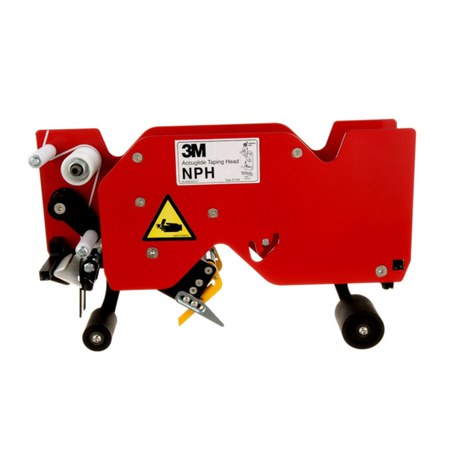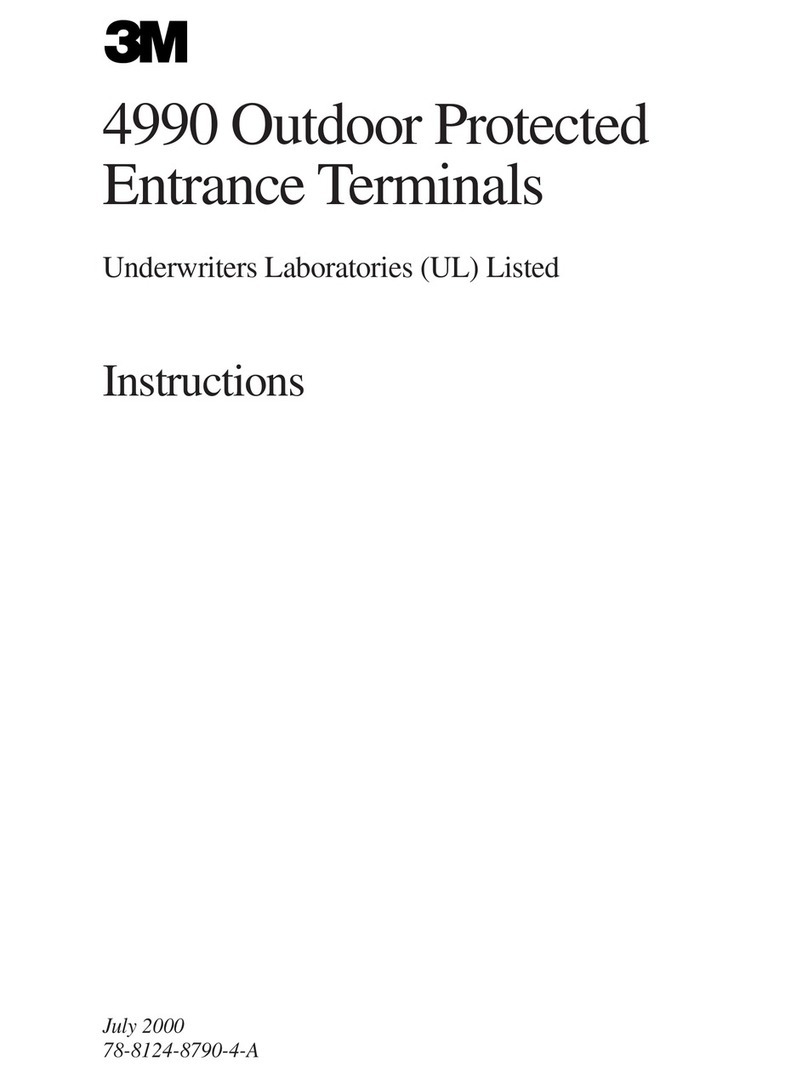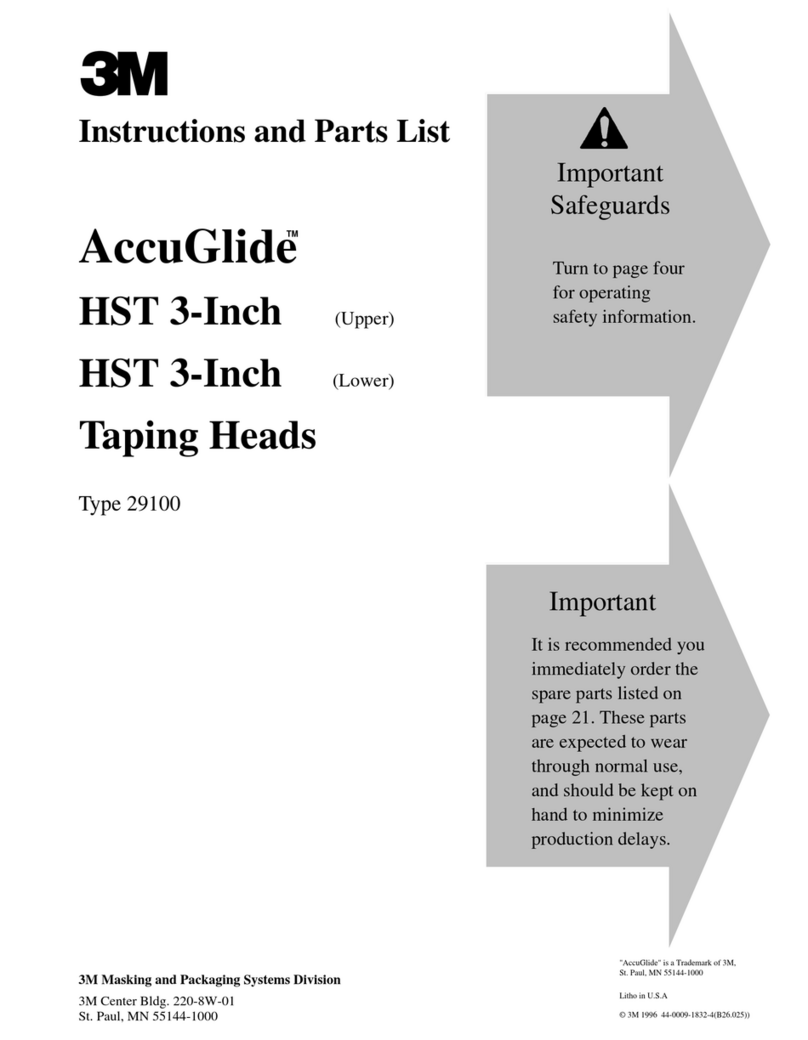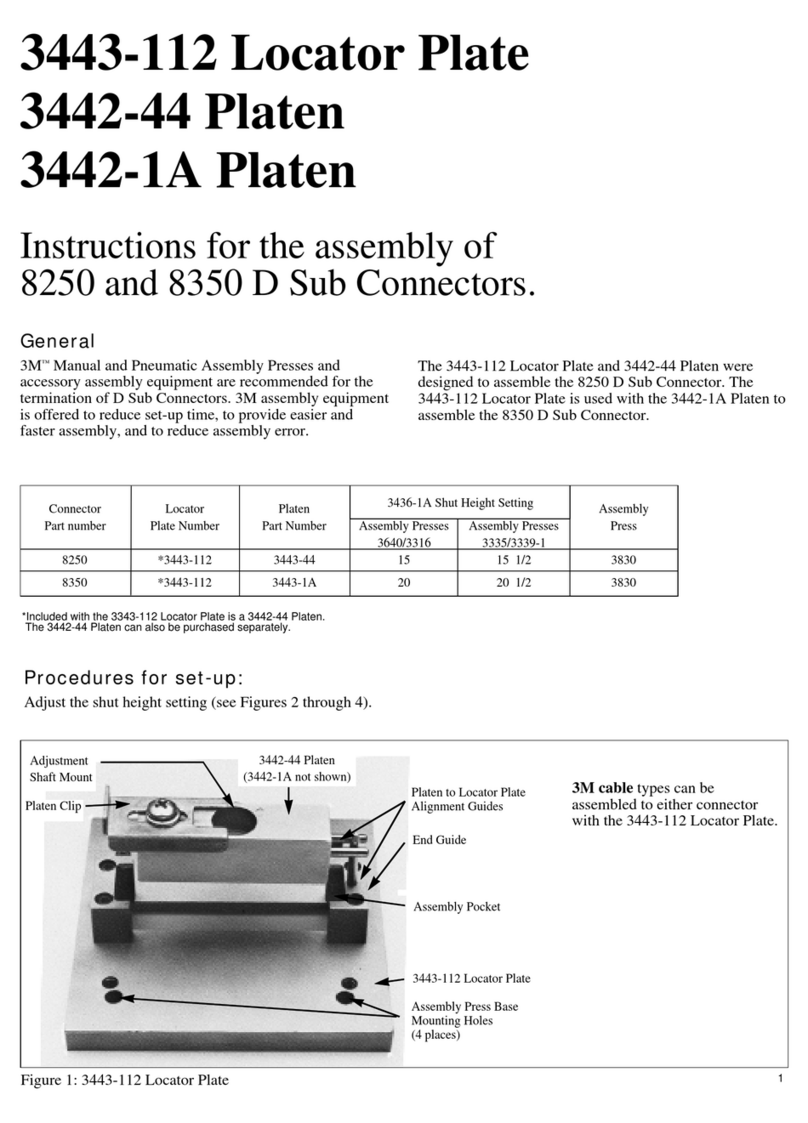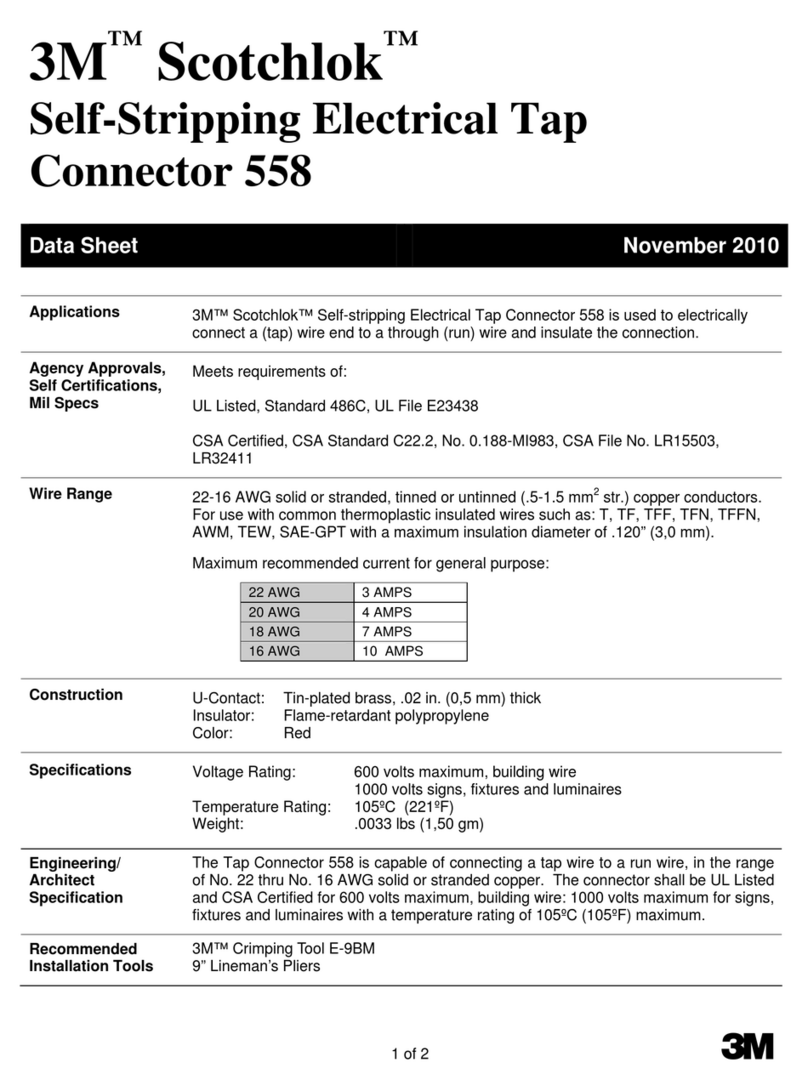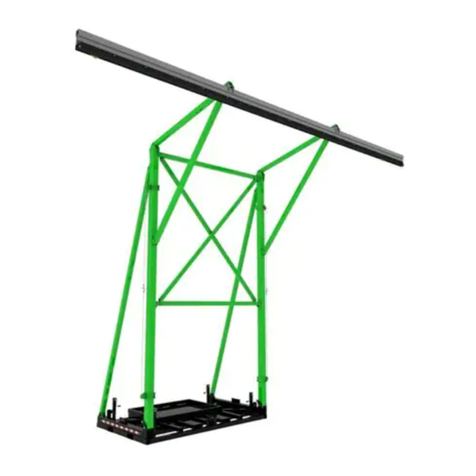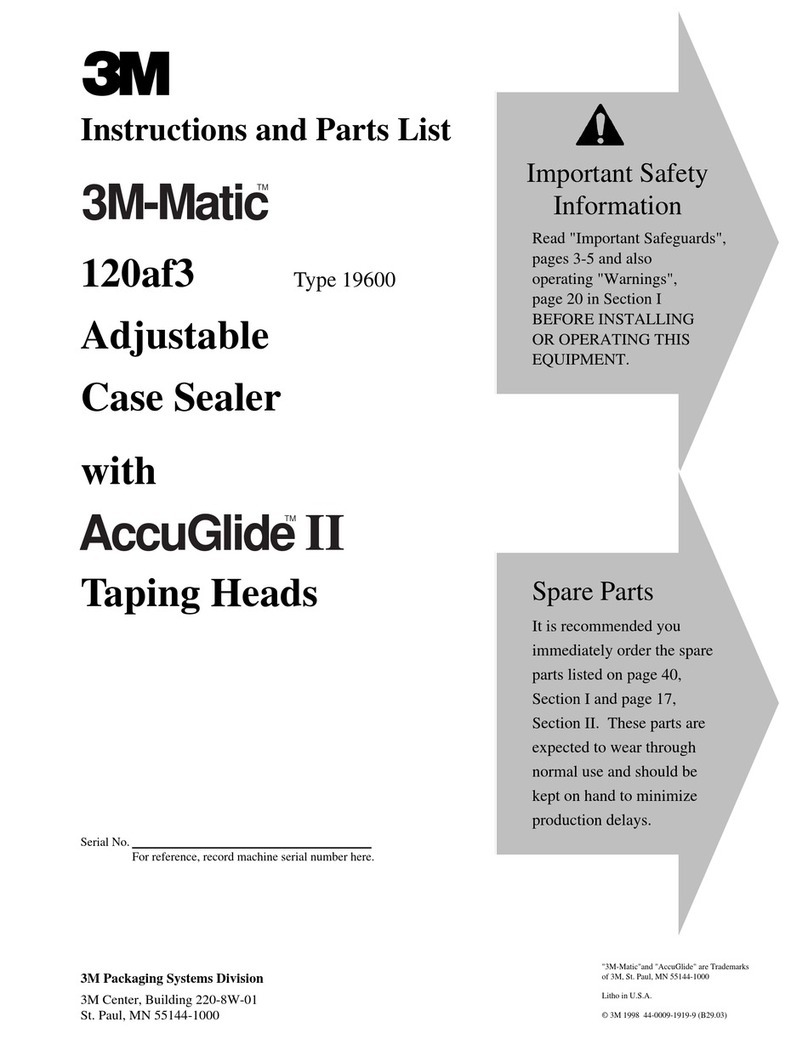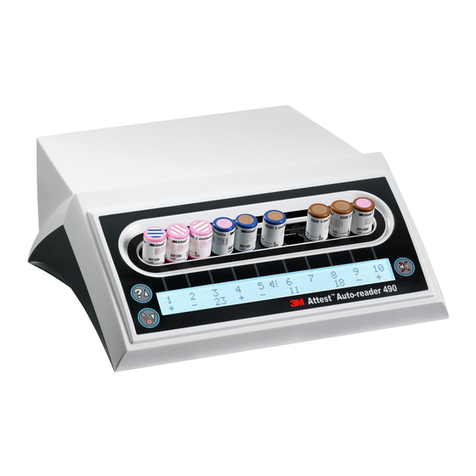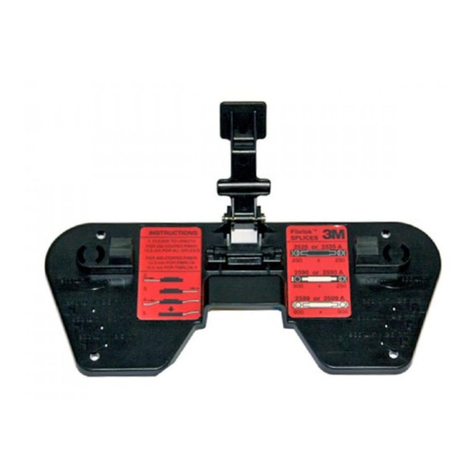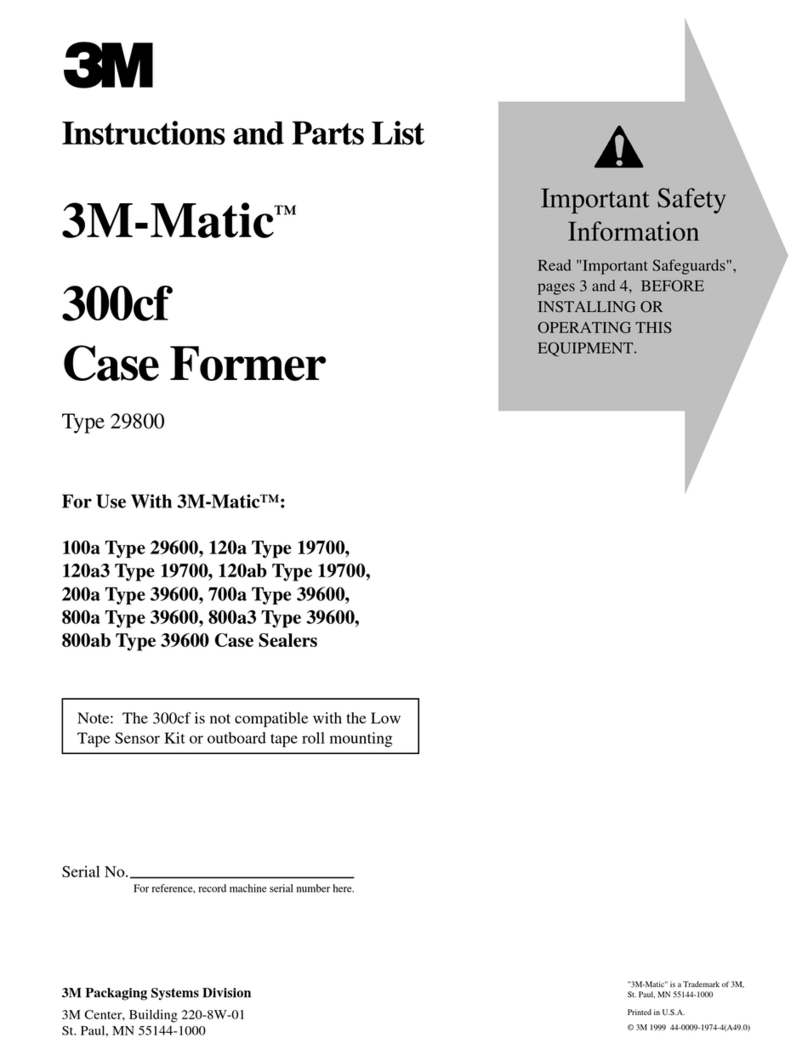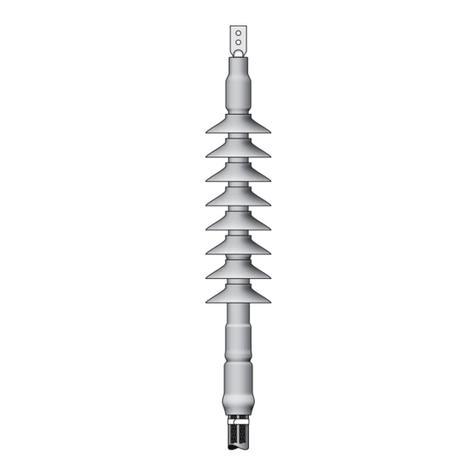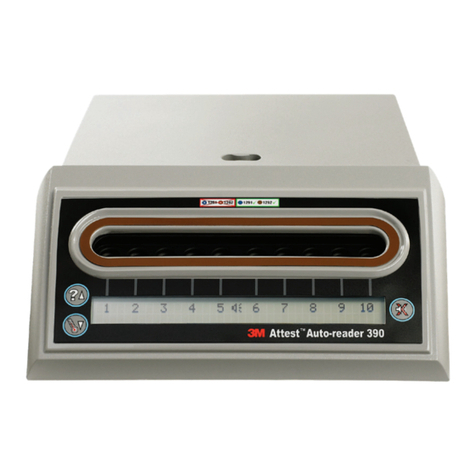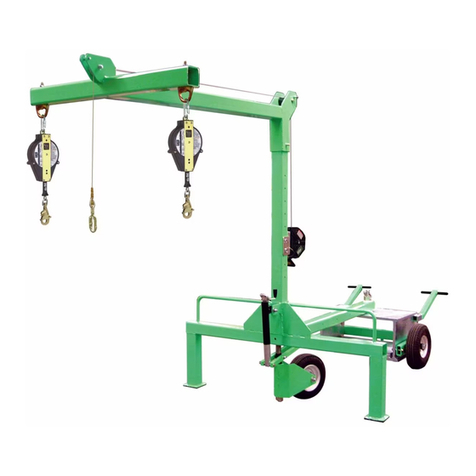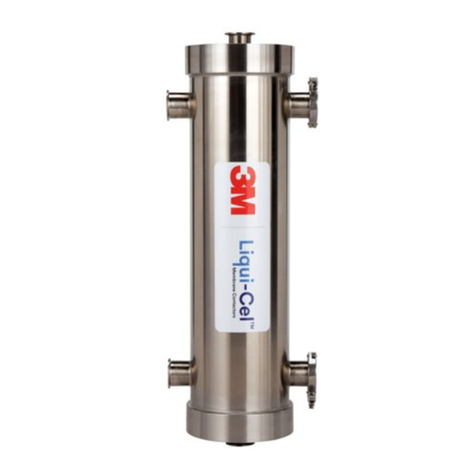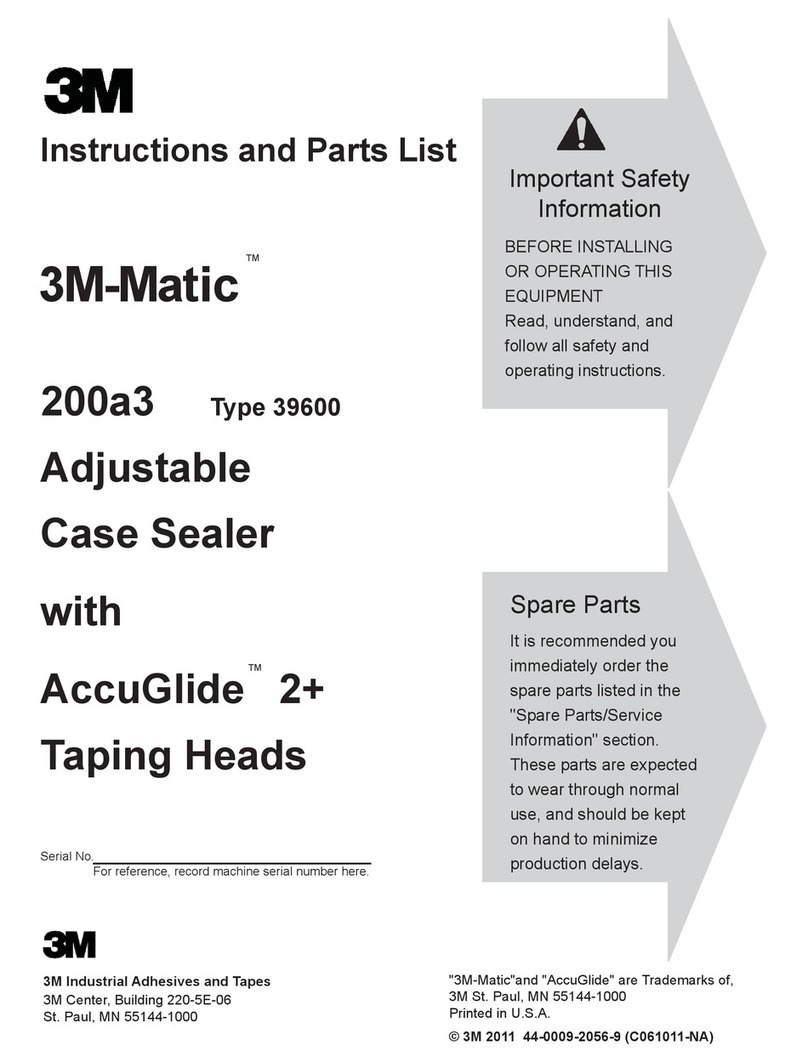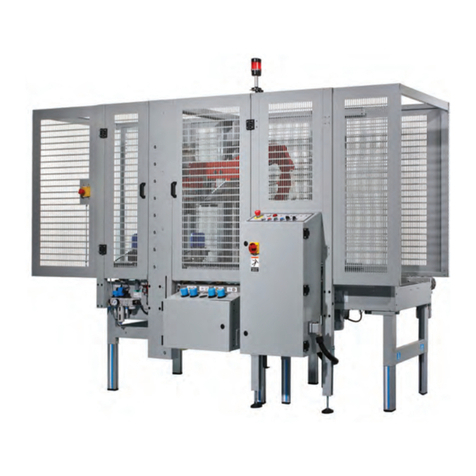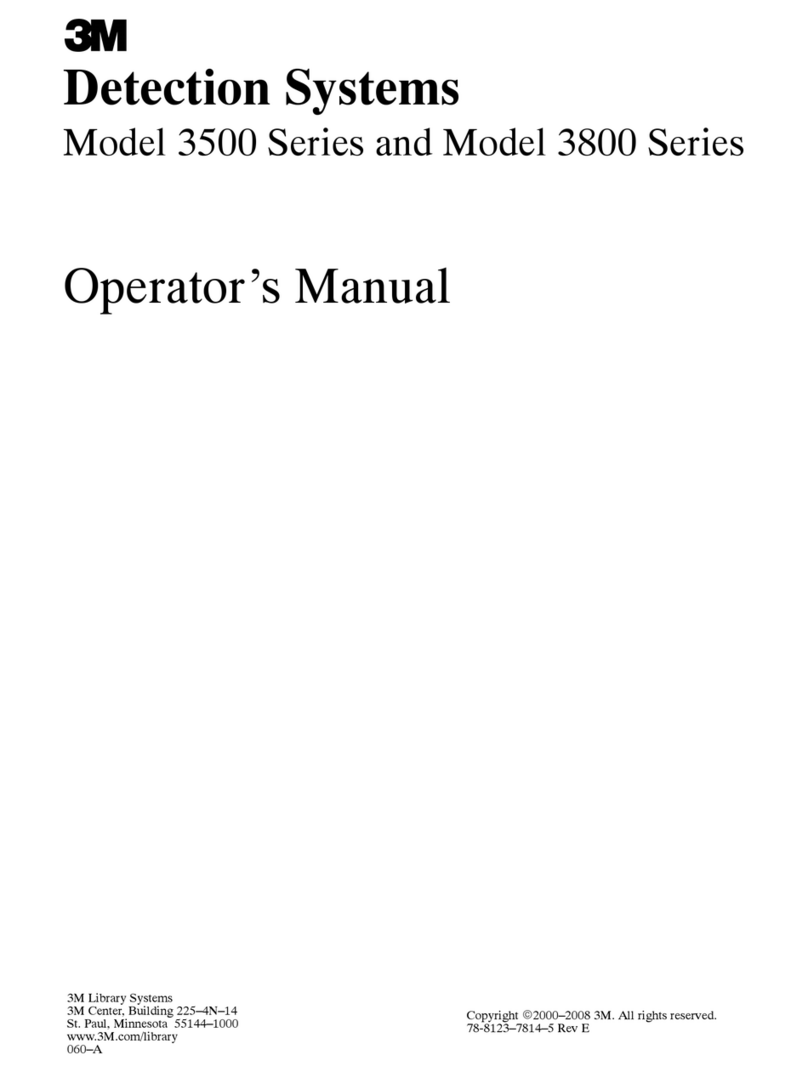
10
5.8 Hold the cap lifter in place with one hand and push
down on the ends of the splice with the other hand.
This action should reseat the splice into the holding
cradle and lift the cap at the same time.
5.5 Repeat fiber centering and splice actuation (See steps
4.6 – 4.8.) Open the fiber holder clamps and remove
splice from tool. If after two attempts an acceptable
splice loss is not obtained, remove fiber, strip, clean
and re-cleave. Resplice using a new splice.
Note: If there is difficulty using the cap lifter, a
second cap lifter is packaged with the 3M™
Fibrlok™Angle Splice Assembly Tool 2501-AS
that can be used to pull the cap up.
6.0 Fiber Organization and
Splice Storage
6.1 When storing fiber slack in a splice tray, the spliced
fiber ends will twist one full turn for each full loop
of fiber being stored. This rotation places stress
on the fibers. This rotational stress makes fiber
organization more difficult and may affect fiber/
splice performance, particularly in 900 µm coated
fibers. The stiffness of the 900 µm fiber does not
distribute this stress in the same manner as 250 µm
coated fiber.
Note: The following procedure must be followed
when splicing 900 µm coated fibers and will
improve fiber organization when splicing all
fiber types.
6.2 Secure the buffer tubes of the fibers to be spliced to
the tray so that the fibers are free to rotate through
the point of attachment.
6.3 Select the first two fibers to be spliced and lay them
into the tray. Trim the two fibers to be spliced so they
are the right length for splicing plus approximately
1.75 inches (45 mm) for fiber end preparation.
6.4 Place the splice assembly tool close to or on top of
the splice tray. Match the orientation of the tool to
that of the splice holder or tray whenever possible.
6.5 Remove the minimum amount of fiber required for
fiber preparation and splicing. Remove less than one
loop if possible.
6.6 Prepare fibers and complete splice as described in
Sections 3 and 4.
6.7 Carefully lay the splice on top of the holder without
securing the splice into the holder.
Note: In order to minimize torsion on the fiber,
perform the following:
6.8 For 250 to 250 µm and 900 to 900 µm splices:
a. Store the shorter of the two fibers in the tray.
b. Observe how the splice lays in its relaxed state.
Rotate the splice through the smallest possible
angle to install it in the tray.
c. Store the second fiber.
